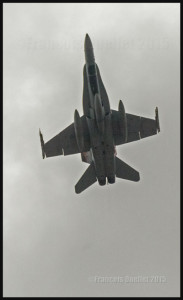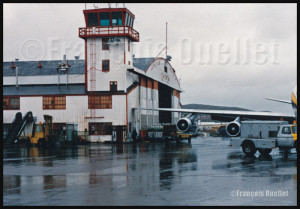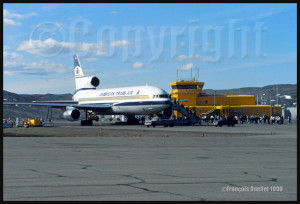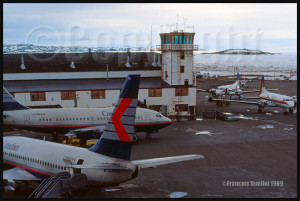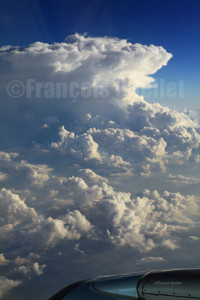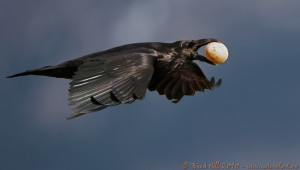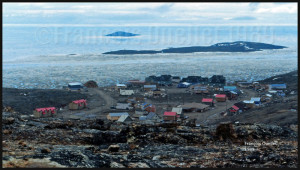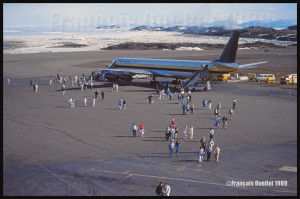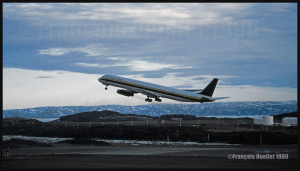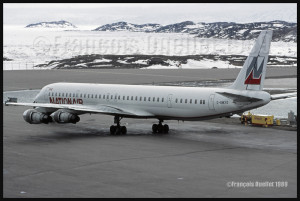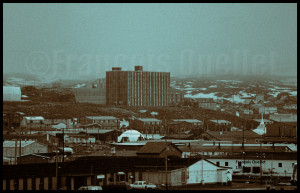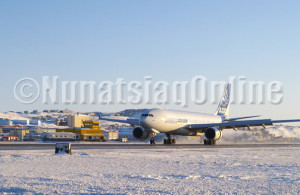April 2013, at the Nav Canada Flight Information Center (FIC) in Québec City. This morning’s meterological forecasts indicate the possibility of dust devils. This type of obstacle to visibility is rare. The pilots call the flight service specialists (FSS) to know what “PO” means on the weather charts.
In spite of the calm winds and blue sky all over southern Quebec, the weather conditions can give birth to local wind shears. If they lift sand, dust or other small particles, those wind shears will become visible and cause dust devils five to ten meters in diameter.
A pilot would have to be unlucky to cross a rare dust devil. However, I remember an event I witnessed thirty years ago while I was working at the Transport Canada Rouyn-Noranda flight service station.
On a hot summer day, an aircraft landed in Rouyn-Noranda after a cross-country flight from Montreal. The pilot was making a short stopover to have his logbook stamped at the flight service station. The weather conditions were ideal at the airport: dry air, calm winds and a cloudless sky.
Once his run-up was completed on the taxiway, the pilot slowly headed for the runway 26 threshold. Once aligned and ready for take-off, he made the last few adjustments.
Few seconds later, the flight service specialists heard an emergency locater transmitter signal. Looking again at the runway, they saw that the aircraft was still on the threshold, but upside down.
A strong windshear had overturned the single-engine aircraft. The airport wind speed indicator being located farther away from the threshold only indicated calm winds.
The souvenir of this story reminded me that nature can always surprise the best prepared pilot. I imagine that this event shocked the student pilot as he tried, like us, to figure out what had just happened. I do hope that this adventure did not discourage him from flying.
For more real life stories about being a FSS in Quebec City, click on the following link: Flight service specialist (FSS) in Quebec City
